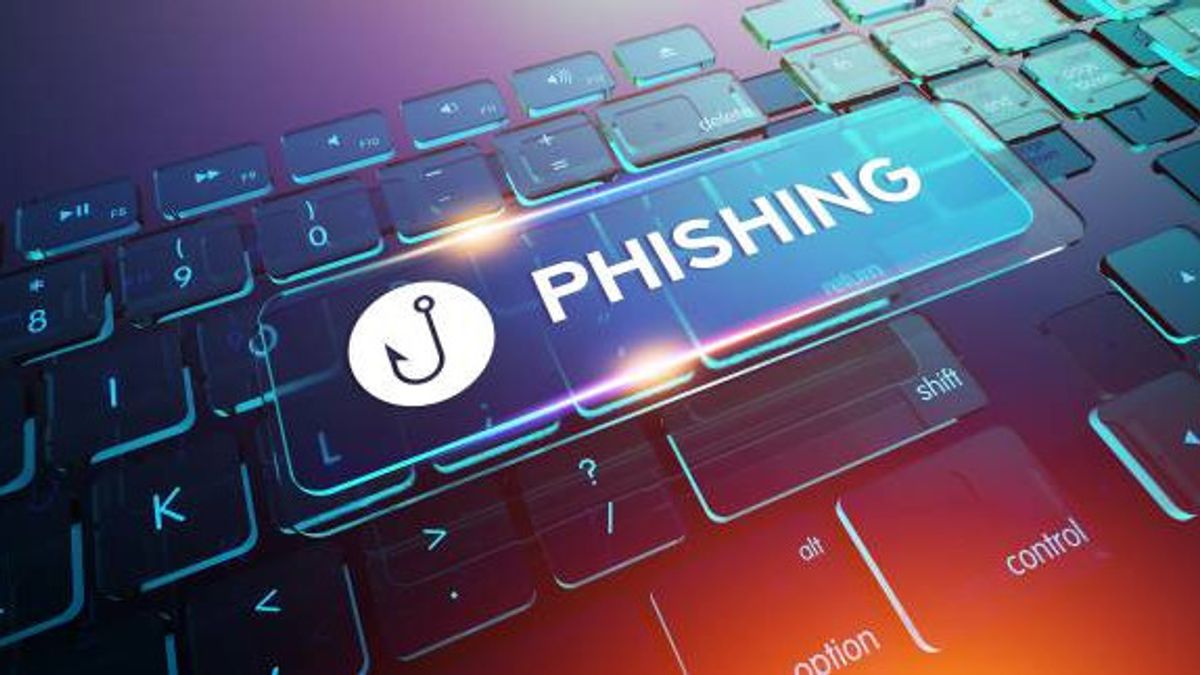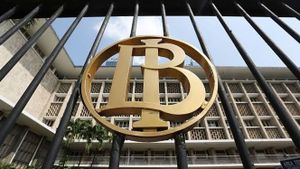Phishing is a common type of cyberattack on the internet. Phishing attacks are usually done by sending emails or fake messages to victims, which makes them enter personal or sensitive information such as passwords or credit card numbers.
It is very, important for us to know how to avoid phishing and protect ourselves from this attack. Understandably, many victims have been harmed by this attack.
Here are some simple steps you can follow to avoid phishing attacks:
Phishing is usually done by sending emails or fake messages that look like they come from trusted sources such as banks, government agencies, or large companies. Don't open emails or messages you don't know or don't expect, and don't click on the link or attachment in them. If you're not sure about the email, just delete it.
Phishing is often done using a false or fake sender's address. Check the sender's email address and make sure that it really comes from a trusted source. If you're not sure, don't open it and don't reply.
Phishing is often done by creating fake websites that look like genuine sites from trusted companies or institutions. Make sure that you only visit websites that really come from trusted sources by checking URL addresses. Pay attention to whether there are small differences in URLs, such as "-" or "com" signs that turn into ".co". Don't provide sensitive information such as usernames, passwords, credit card numbers or personal identification numbers (NIPs) on untrusted websites.
Never provide sensitive information such as usernames, passwords, credit card numbers or personal identification numbers (NIP) on untrusted emails or websites. Trusted websites usually have SSL key or certificates that indicate that the site is safe.
Make sure that your security system is always updated and enabled. Use firewalls, antiviruses, and other security software to protect your computer and device from cyberattacks. Always make sure that your security software is constantly updated.
Do not click on suspicious links or attachments that are suspicious or you do not know. Do not open attachments that are not expected or from sources you do not know. Make sure that you only open links or attachments that really come from trusted sources.
Phishing is often done by creating a knell email or message
it is stated that there is an emergency or important problem that requires immediate action. Do not rush to provide information or take the action requested in the message. Always check the source and make sure that the request is genuine and not suspicious.
Never send sensitive information through public Wi-Fi networks such as cafes, airports, or other public places. Public Wi-Fi networks are often unsafe and easily infiltrated by cyberattackers.
Always check your account activity regularly to detect if there is suspicious or unknown activity. If you see suspicious activity, immediately contact the authorities to report and take the necessary action.
Therefore avoiding phishing attacks requires extra vigilance and attention. However, by following the simple steps above, we can minimize the risk of being exposed to phishing attacks and protect our personal and sensitive information from cyberattack perpetrators.
Always remember, being careful and alert is always the main key to maintaining security and privacy in cyberspace.
The English, Chinese, Japanese, Arabic, and French versions are automatically generated by the AI. So there may still be inaccuracies in translating, please always see Indonesian as our main language. (system supported by DigitalSiber.id)











